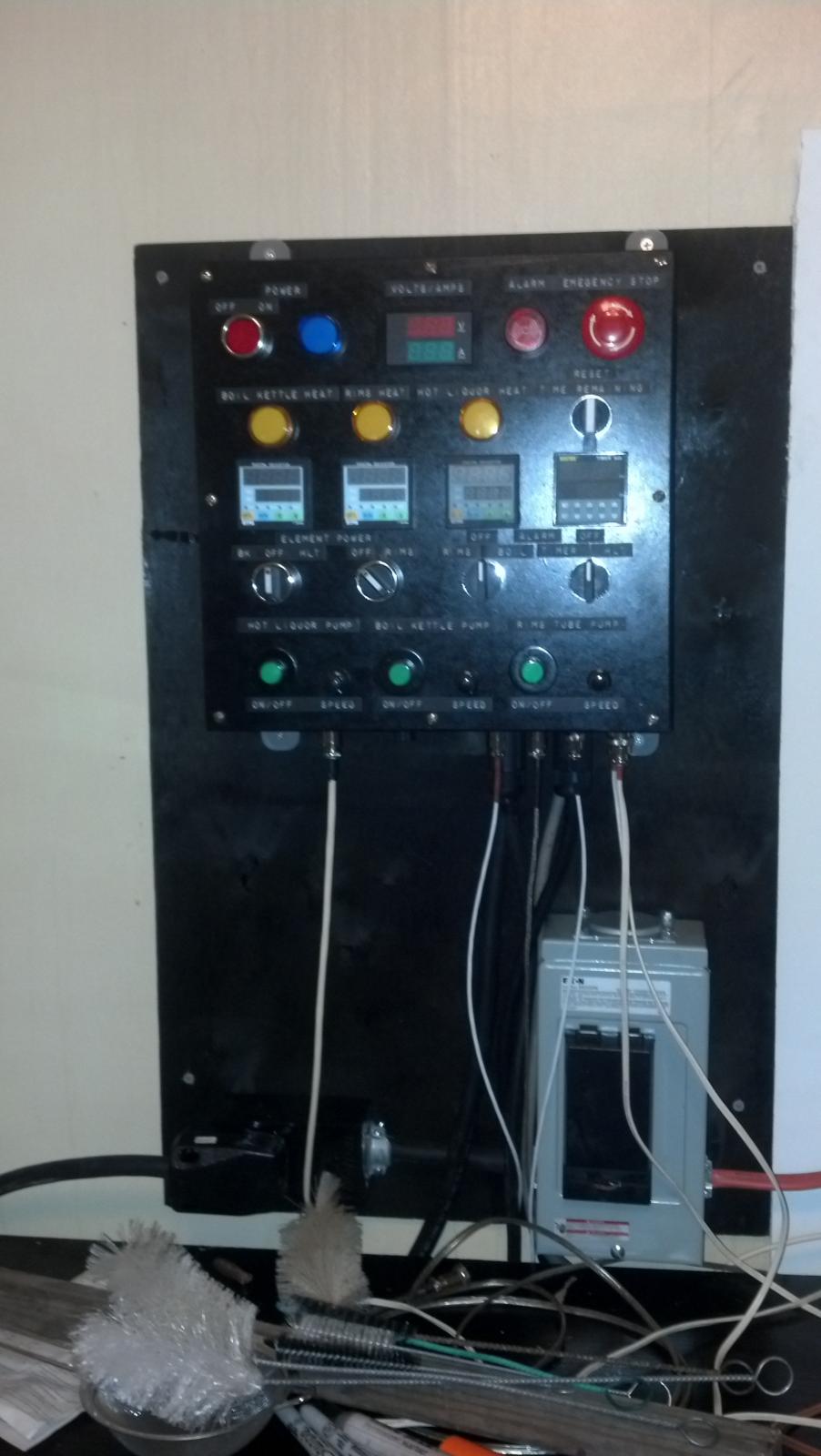Hi guys,
Okay, so I will quickly start by saying that I know the obvious answer to my question would be "Call an electrician; dealing with electricity is serious business". I have limited knowledge of house wiring and such, and my plan is not to start playing with wires and make stupid things.
However, I am very interested in learning throughout this brewing journey, and so I'd like to kinda know what to expect regarding the amount of work needed from an electrician and also getting some parts in advance.
So, on to the question.
I basically just bought two 5500W heating elements for my brew rig, both with NEMA 10 30R plugs as such:

Those are 3-prong dryer outlets and I will order wall sockets that fit.
Now those sockets are non-existent at the moment, so I assume they will need to be powered by my main electrical panel.
So basically, I will have two 240V cables (10-3), because i need one for each element, that run from panel to the wall box with the sockets, right?
Now in this electrical panel, each 10-3 cable needs to have its own 240V breaker? How about the amperage of such breakers? Since my elements are 5500W and they require 240V, it would amount to 22.92A (because P = U*I and science), so do I use 30A breakers?
Now how about I want to insert a switch somewhere, to control those heating elements without plugging and unplugging them during brewing?
It is my understanding that each circuit would need a "240V-rated 2-pole switch". Also rated 30Amps?
Would I then need anything else?
I don't know if this makes any sense. I did some research but I am not sure if I am either starting to understand, or if I'm completely going off-track with this.
Thanks a lot!
Nico
Okay, so I will quickly start by saying that I know the obvious answer to my question would be "Call an electrician; dealing with electricity is serious business". I have limited knowledge of house wiring and such, and my plan is not to start playing with wires and make stupid things.
However, I am very interested in learning throughout this brewing journey, and so I'd like to kinda know what to expect regarding the amount of work needed from an electrician and also getting some parts in advance.
So, on to the question.
I basically just bought two 5500W heating elements for my brew rig, both with NEMA 10 30R plugs as such:

Those are 3-prong dryer outlets and I will order wall sockets that fit.
Now those sockets are non-existent at the moment, so I assume they will need to be powered by my main electrical panel.
So basically, I will have two 240V cables (10-3), because i need one for each element, that run from panel to the wall box with the sockets, right?
Now in this electrical panel, each 10-3 cable needs to have its own 240V breaker? How about the amperage of such breakers? Since my elements are 5500W and they require 240V, it would amount to 22.92A (because P = U*I and science), so do I use 30A breakers?
Now how about I want to insert a switch somewhere, to control those heating elements without plugging and unplugging them during brewing?
It is my understanding that each circuit would need a "240V-rated 2-pole switch". Also rated 30Amps?
Would I then need anything else?
I don't know if this makes any sense. I did some research but I am not sure if I am either starting to understand, or if I'm completely going off-track with this.
Thanks a lot!
Nico




